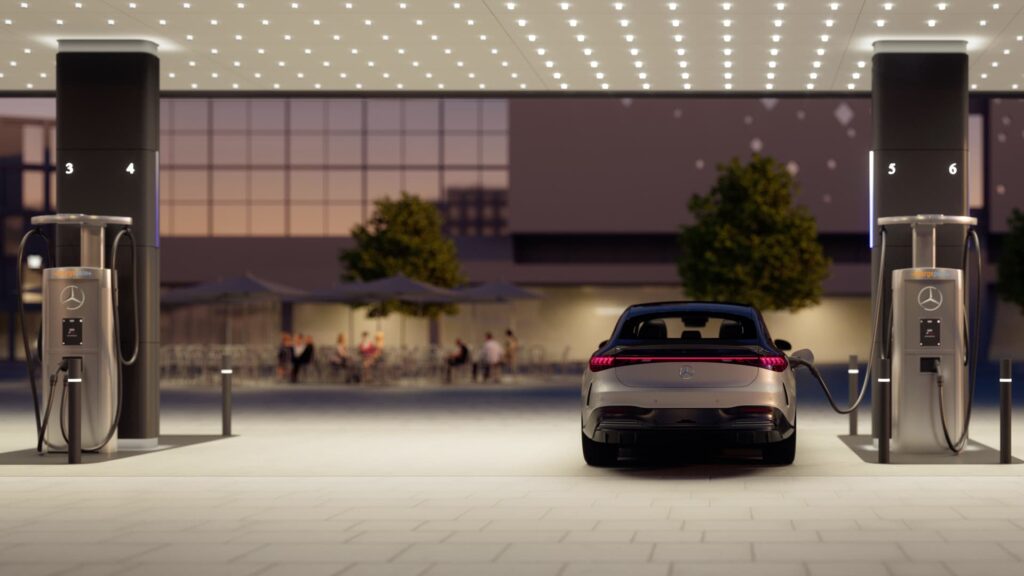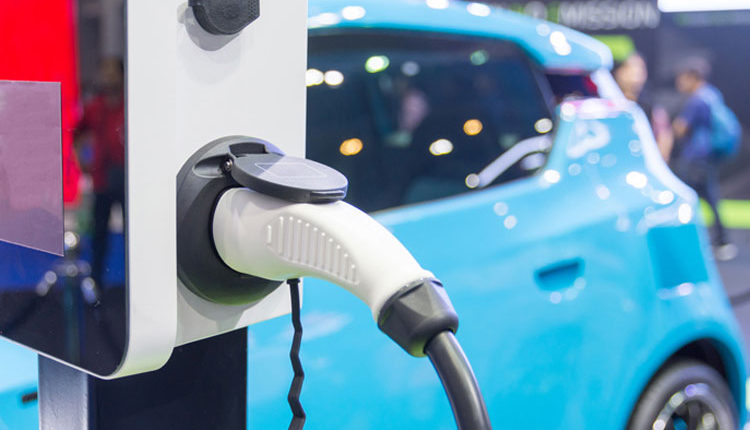Leading EV Charging Information: Secret Updates on Facilities and Development

Current Improvements in Fast-Charging Technology
Additionally, developments in battery modern technology, consisting of boosted thermal administration systems and greater power density batteries, complement fast-charging capacities. These advancements minimize the risk of battery degradation during quick charging, making certain longevity and efficiency for EV owners.
Additionally, the integration of clever billing services is boosting customer experience, making it possible for real-time tracking and dynamic rates models. EV Charging news. This flexibility allows drivers to optimize billing times and costs based upon grid demand
As car manufacturers continue to invest in fast-charging networks, the cooperation between sector stakeholders is important. Partnerships in between charging station suppliers and vehicle producers are paving the means for substantial insurance coverage, inevitably promoting a much more durable EV community. These innovations are pivotal in supporting the shift to sustainable transportation.
Federal Government Campaigns for Billing Development
Federal government campaigns play an essential function in the expansion of electrical vehicle (EV) billing infrastructure, assisting in the transition to lasting transportation. Numerous federal and state programs are being implemented to boost charging access, reduce the economic problem on customers, and promote the fostering of electrical lorries.
Significantly, the U.S. federal government has assigned considerable financing through the Facilities Financial Investment and Jobs Act, which allocates $7.5 billion for EV charging network growth across the nation. This financing is focused on deploying hundreds of new charging terminals, particularly in underserved locations, thereby dealing with range anxiousness amongst potential EV buyers.
Additionally, various states are enacting regulations to streamline the allowing process for charging terminal installations, which is critical for speeding up implementation. Rewards such as tax obligation credit ratings and rebates for both consumers and businesses are likewise being presented to motivate the installation of charging infrastructure.
In addition, public-private partnerships are increasingly coming to be a focus, leveraging private investment to complement federal government financing. These initiatives emphasize a joint strategy important for building a thorough and effective EV billing network, inevitably adding to a greener and more lasting future.
Ingenious Battery Solutions Enhancing Effectiveness
Transforming the landscape of electric vehicle (EV) innovation, innovative battery services are considerably enhancing efficiency and performance. Advancements in battery chemistry, particularly with lithium-sulfur and solid-state batteries, are resulting in raised power thickness, which permits longer ranges and faster charging times. These new battery kinds have the potential to outperform traditional lithium-ion batteries by using greater capacities while minimizing weight, thus boosting overall vehicle performance.
Furthermore, growths in battery monitoring systems (BMS) are maximizing power use and expanding battery life-span. Intelligent formulas keep track of battery wellness and performance, allowing real-time adjustments to charging and discharging processes. This not only enhances the effectiveness of the battery yet likewise makes sure a much more reliable and lasting power resource for EVs.
In addition, the assimilation of recycling innovations is dealing with the ecological effect of battery manufacturing and disposal. Developments in second-life applications for EV batteries are facilitating their use in power storage space systems, adding to a circular economic situation.
As these ingenious battery services proceed to develop, they promise to transform the EV market, making electrical vehicles more appealing and available to a broader target market while sustaining global sustainability objectives.

Partnership In Between Automakers and Charging Networks
Acknowledging the vital need for a robust charging facilities, automakers are progressively working together with charging network suppliers to enhance site the EV ownership experience (EV Charging news). These partnerships aim to produce a seamless billing community that benefits customers and supports the transition to electric lorries
Significant automobile brand names are signing up with forces with recognized charging networks to broaden their charging station protection, making certain chauffeurs have access to convenient and reputable billing alternatives. Partnerships with networks like ChargePoint and Electrify America enable automakers to integrate billing services directly into their automobiles' navigation systems, leading customers to the nearest stations and supplying real-time availability updates.
Additionally, these partnerships typically result in the development of fast-charging technologies that considerably reduce the time required to reenergize an EV. By pooling sources and experience, automakers and billing networks can innovate much faster, creating options that satisfy the growing demand for electric flexibility.
In enhancement, joint efforts may additionally result in more standardized billing procedures, which can reduce customer confusion and promote wider EV adoption. Generally, these strategic partnerships are crucial in building a efficient and user-friendly charging facilities that satisfies the requirements of an expanding electric lorry market.
Challenges Dealing With EV Billing Framework
As the electric vehicle market remains to expand, numerous obstacles are appearing that prevent the growth of a detailed charging facilities. Among the primary barriers is the inadequate variety of billing terminals, particularly in underserved and country urban locations. This space develops range anxiety amongst potential EV buyers, deterring them from making the switch.
In addition, the lack of standardization in billing innovation makes complex the facilities landscape. Variants in plug kinds and charging speeds can create complication for individuals and enhance operational complexities for charging network drivers.
An additional pushing concern is the high cost connected with the installment and upkeep of billing stations, which can be a barrier for both personal businesses and public entities. Governing obstacles and zoning constraints can delay the release of charging framework, restraining progress in expanding crucial services. Attending to these obstacles will certainly be critical for fostering a durable EV ecological community that supports the transition to sustainable transport.
Final Thought
Finally, the ongoing improvements in EV charging modern technology, supported by considerable federal government campaigns and cutting-edge battery solutions, are critical for the growth and effectiveness of electrical lorry facilities. Cooperations in between car manufacturers and charging providers better improve station coverage, addressing the expanding need for available billing alternatives. Despite challenges that linger within the EV billing landscape, these growths represent a positive trajectory in the direction of an extra sustainable and reliable electric vehicle environment.
Advancements in billing infrastructure have actually led to the development of ultra-fast chargers qualified of delivering up to 350 kW of power, substantially reducing charging times. Variations in plug kinds and billing rates can produce complication for users and raise functional complexities for billing network drivers.In conclusion, the continuous innovations in EV charging innovation, sustained by significant federal government initiatives and cutting-edge battery solutions, are important for the growth and performance go to this site of electrical lorry infrastructure. Cooperations in my company between automakers and billing providers additionally enhance station insurance coverage, addressing the growing need for easily accessible billing options. In spite of difficulties that persist within the EV charging landscape, these advancements indicate a positive trajectory towards a more effective and sustainable electrical automobile community.